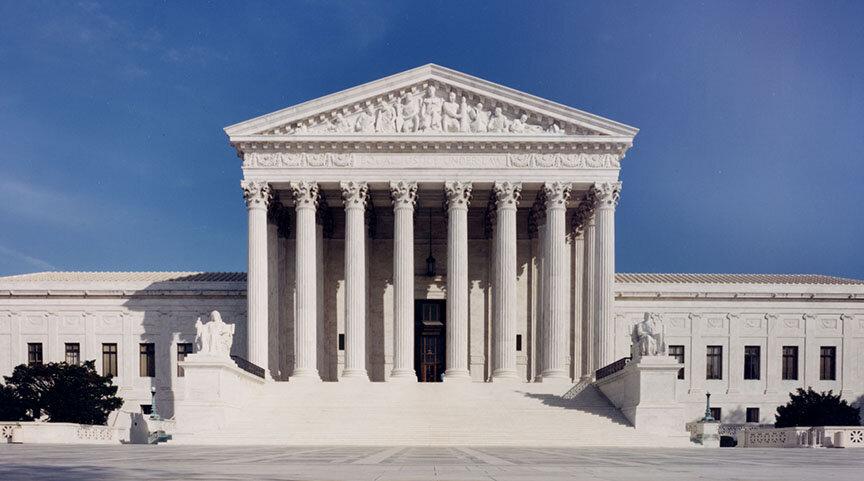Last Tuesday, the Supreme Court opened the gates for residents of Flint, Michigan, to sue city and state officials involved in the infamous water crisis. Officials argued for immunity from legal action, but lower courts ruled against this notion. The cases were brought to the Supreme Court, which declined their appeal, thus upholding lower court rulings and clearing the way for legal action on behalf of Flint victims.
In a Supreme Court filing, Flint residents stated that they intended to hold fully accountable officials who “personally caused, extended, and exacerbated Flint’s water crisis.”
Victims “have been denied justice,” attorney Michael Pitt said in an interview with Michigan Radio, and “it’s time for the people of Flint to start feeling like they are going to get their day in court. This just moves the entire process closer to that day.”
The Flint water crisis began in 2014, when, in an attempt to save money, the city started drawing water from the Flint River rather than obtaining water from Detroit. Residents immediately noted the difference, and complaints began pouring in about the smell, appearance and taste of the water. Strange side effects from water consumption, including rashes and hair loss, occurred across the region.
In 2015, Detroit offered to reconnect Flint to its water system, but Flint officials assured the public that the water was safe to drink. Hundreds of thousands of residents continued consuming water containing dangerous amounts of lead, and in late 2015, a group of doctors reported high lead levels in the blood of Flint children.
A regional spike in Legionnaires’ disease came shortly after, killing at least twelve people and sickening at least 87. While this death toll in itself is alarming, the long-term impacts of the Flint crisis will likely never be fully known, as countless citizens, including young children, were exposed to lead and other hazardous contaminants for a lengthy period while they were developing.
Michigan Governor Rick Snyder finally acknowledged the problem in late 2015 when he pledged to take action to combat lead contamination, but Flint’s water issues continued. In early 2016, the Obama administration issued an emergency declaration, beginning the long road to recovery for the damaged water system and its many human victims.
“Policy makers, government leaders, and decision makers at many levels failed the residents of Flint,” Agustin Arbulu, Director of the Michigan Department of Civil Rights, said in a report. “By not challenging their assumptions, by not asking themselves the tough questions about how policy and decisions play out in different communities, especially communities primarily made up of people of color, those decisions and actions – or in some cases, lack of action – led to the tragedy taking place in Flint.”
Since the crisis began, residents have been fighting tooth-and-nail to have their voices heard and see officials held accountable. While this Supreme Court decision does not end the Flint saga, it opens the doorway to what victims believe could lead to justice. As the legal process grinds along, the coming months and years will tell who is held accountable for the events that occurred in Flint.



































